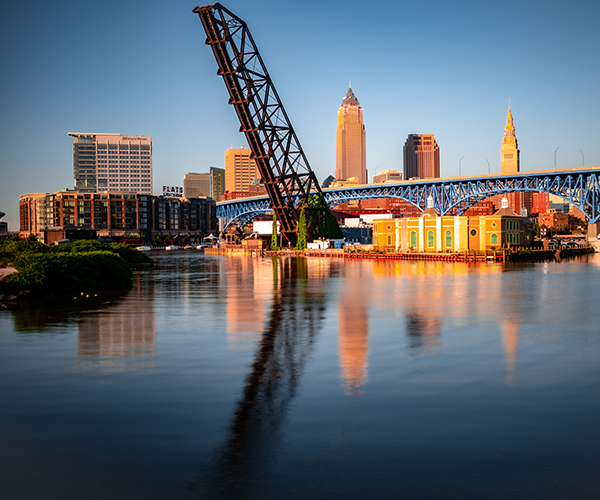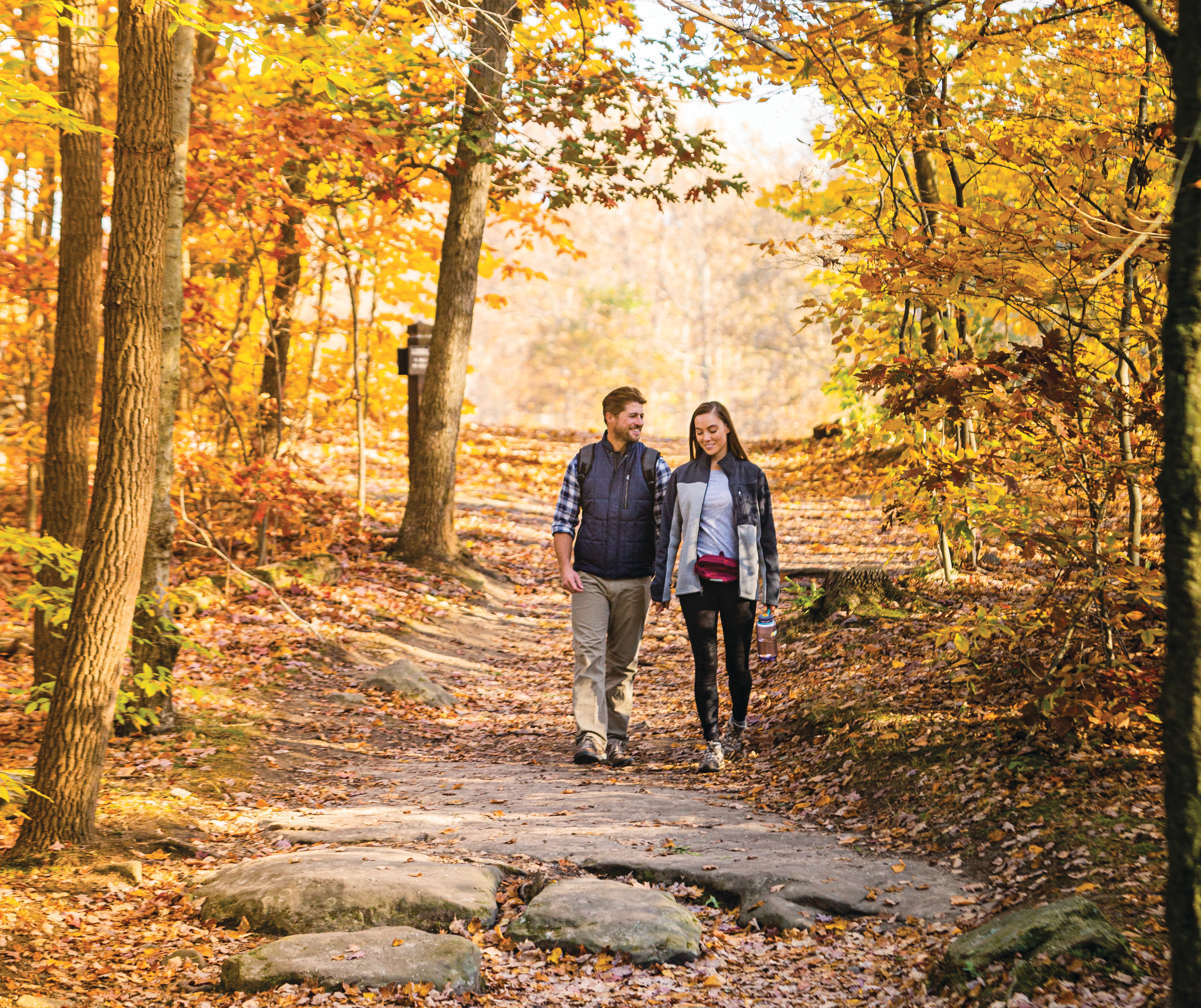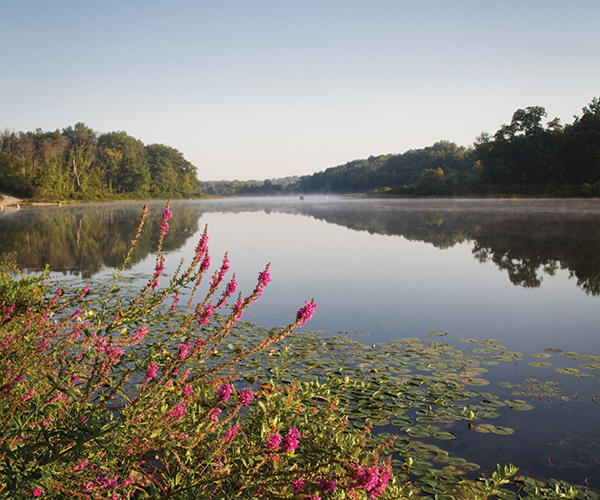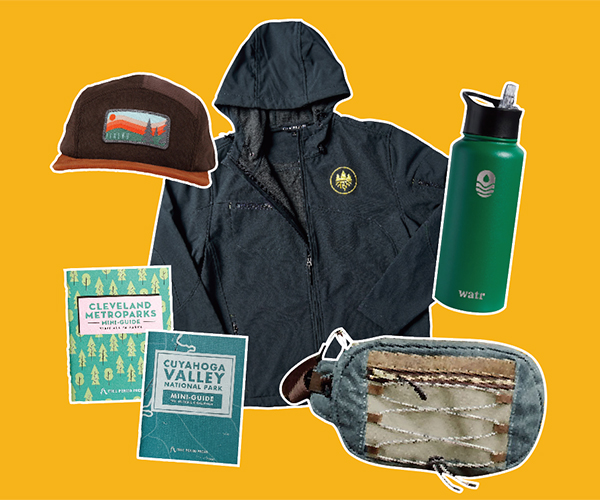The Call of the Wilds
by David Searls | Jun. 27, 2005 | 4:00 AM
The fantasy is that you might one day become enough of a success in your chosen field to take off three weeks from work, pack up the family and book a flight for some exotic and unforgettable vacation destination. Perhaps you'll tell MasterCard you're really bored and charge your way to the African Sahara to see giraffes, zebras and gazelles scampering on the veldt or wherever it is they scamper.
| The Wilds, located at 14000 International Road in Cumberland, Ohio, is open to the public from May through October. Safari rates are $14 for adults, $13 for seniors and $9 for children ages 4-12. Call (740) 638-5030 or visit www.thewilds.org for more information. |
As the father of a 10-year-old, trust me on this: Your kids would love to see the savannahs of Africa if only they could be back before nightfall to air conditioning and tomorrow's Little League game.
Which really isn't as big a problem in Northeast Ohio as you might think.
Evan and I rolled out of the driveway in Lakewood and steered the Mitsubishi southeast one recent Saturday morning. Three hours later, we were gaping at white rhinos, trumpeter swans, herds of sable antelopes, central Chinese goral, Bactrian camels and Przewalski's wild horses. And, yes, we got home by dark.
We were at The Wilds in Cumberland, Ohio, in mid-April, a couple weeks before the 9,154-acre wildlife preserve opened to the public for the season. Our behind-the-scenes tour came courtesy of Wendy Wharff, the park's communications and community relations director.
"Awesome!" was Evan's initial comment while overlooking a panorama of small lakes and rolling hills of tall brown grasses dotted by grazing herds of fringe-eared oryx, Persian onegar and musk ox. It looked like Kenya down there, minus the poachers.
The story behind the scene is as awesome as the view itself. About 15 years ago the heavily scarred land was a played-out strip mine, a moonscape of muddied waste once owned by the coal-mining subsidiary of American Electric Power Co. Inc. The land was reclaimed through a public-private partnership, with funding provided by the Ohio General Assembly, AEP and other sources. Years were spent adding nutrients to the soil, contouring the grounds and slowly introducing species. A visitor center, the requisite restaurant and gift shop and other outbuildings were added over time, and The Wilds was opened to the public in 1994.
Though it's got its tourist trappings, The Wilds is primarily a working research and education facility. The idea is to use the land to raise endangered species ranging from American bison to Sichuan takin -- with the ultimate goal being to advance conservation through research and preservation.
For the first few years, the main entertainment option was the hour-and-a-half bus tour of the grounds. But now there are various stations where visitors can disembark to take in the scene up close for as long as they'd like.
"It's the reverse of what you'd expect," says Wharff. "We keep the visitors behind fences and the animals roam free."
Birdwatchers are drawn by the Audubon Society's designation of The Wilds as an Important Bird Area, one of the few in America. There's also a butterfly habitat, the colorful creatures drawn by design to the vegetation planted on a several-acre plot. Other attractions include a summer camp for kids and more luxurious accommodations for vacationers and corporate retreats.
As a sort of focus group of one for kids throughout Northeast Ohio, Evan's appraisal is a simple one: "It's cool."
But there were fascinating discoveries out here even for a dad who thinks he's seen it all. Take the Pere David's deer.
"They're not anything like deer as we know them," says Wharff of the muscular beasts lounging in mud as our Jeep slowed to watch. Unlike most deer, they're fond of water and extinct in the wild.
Then there are the common eland, a species that, Wharff assures us, is as prevalent as the name would suggest.
So why are they here?
"They make great surrogate mothers."
Come again?
It seems that when the females of certain threatened antelope species can't carry young to term, their sperm and eggs can be planted in female elands for healthy delivery.
You see, you and the kids just might have a learning experience on a summertime trip to The Wilds -- just don't tell the kids.
Trending
-
1
-
2
-
3
-
4
-
5










